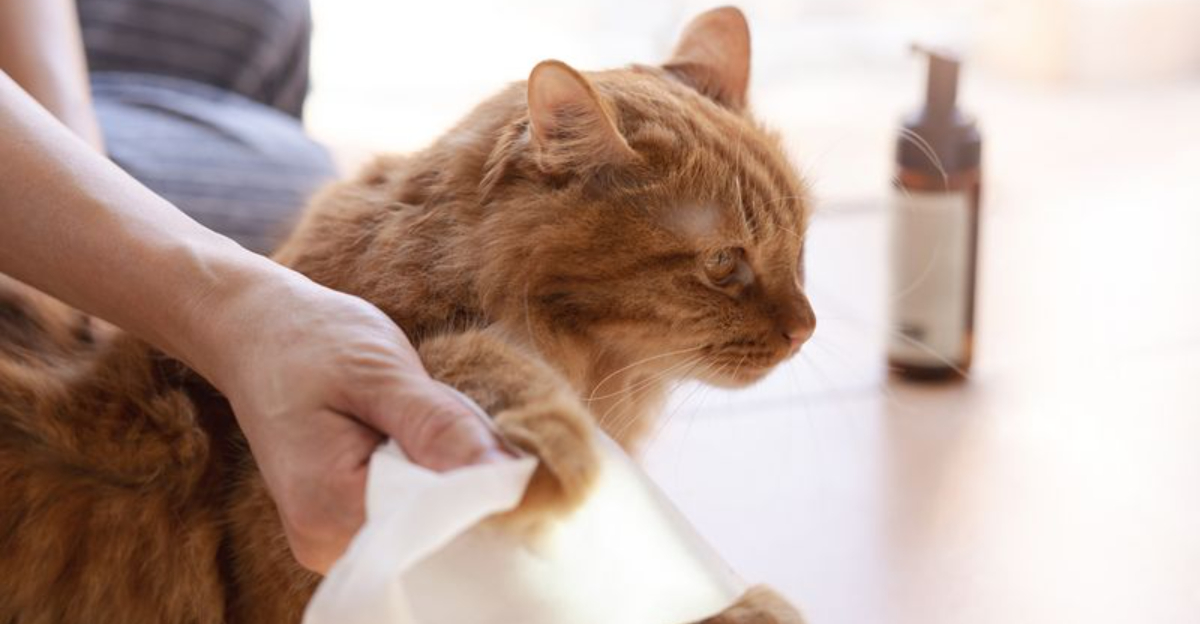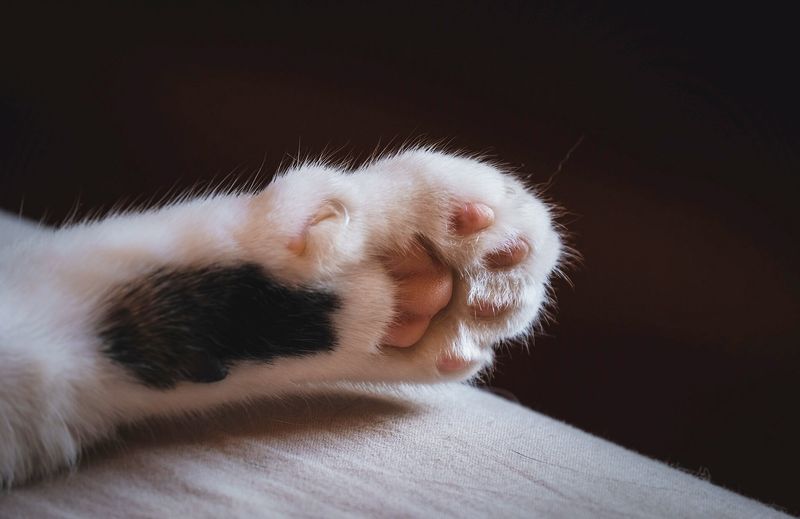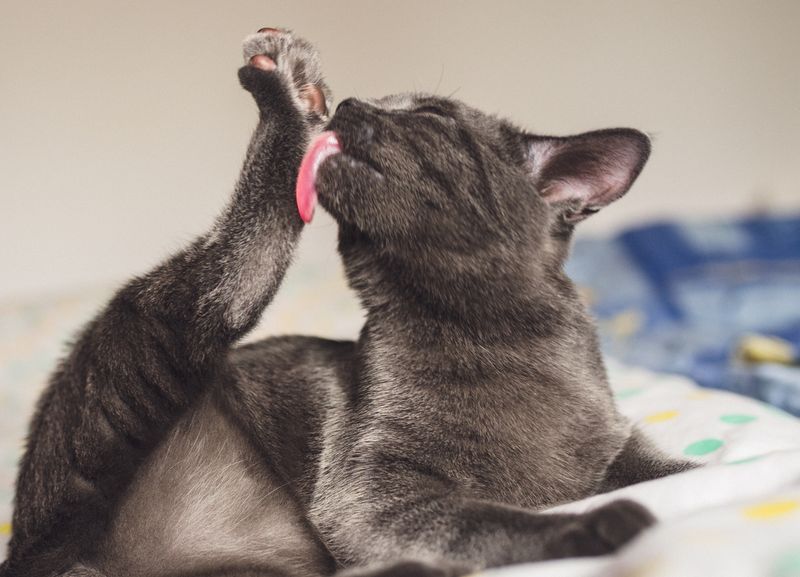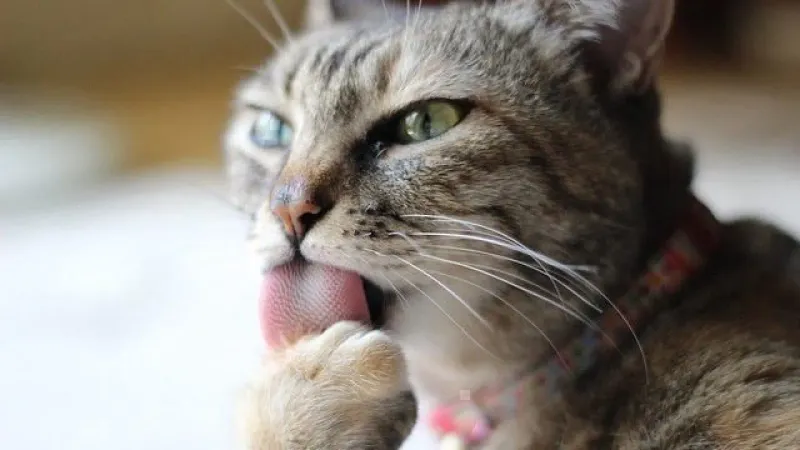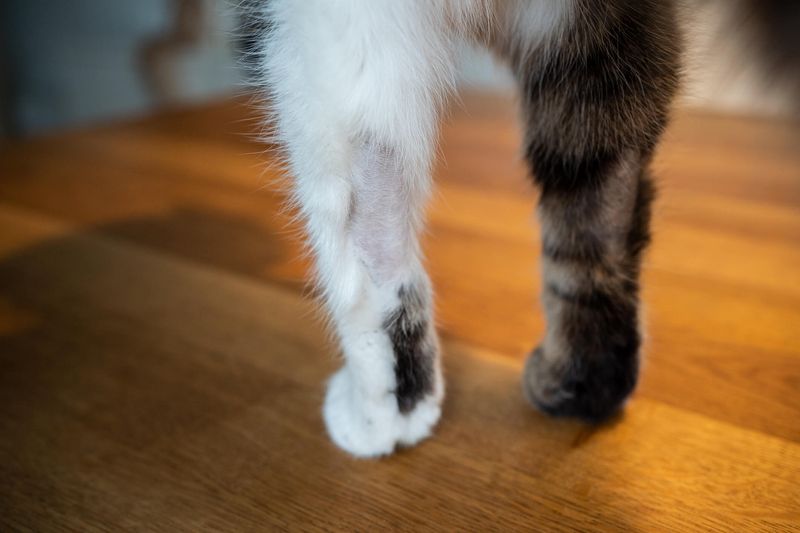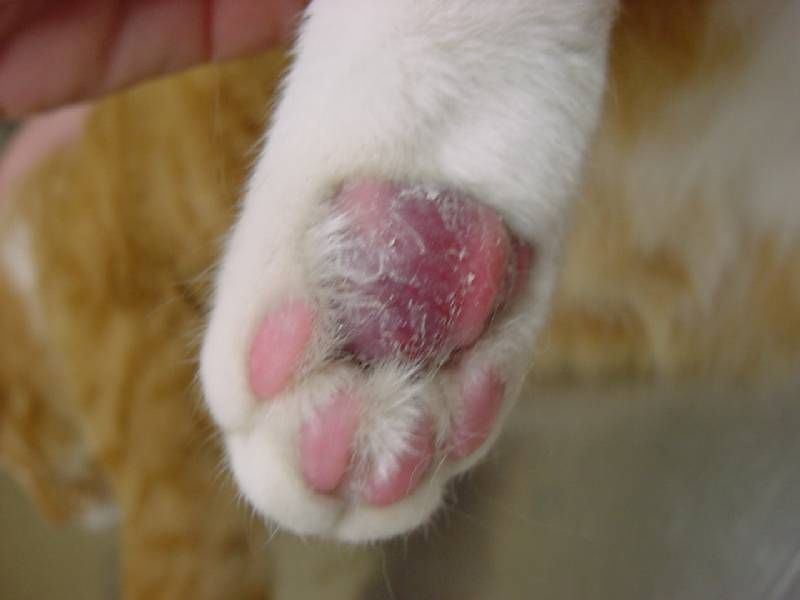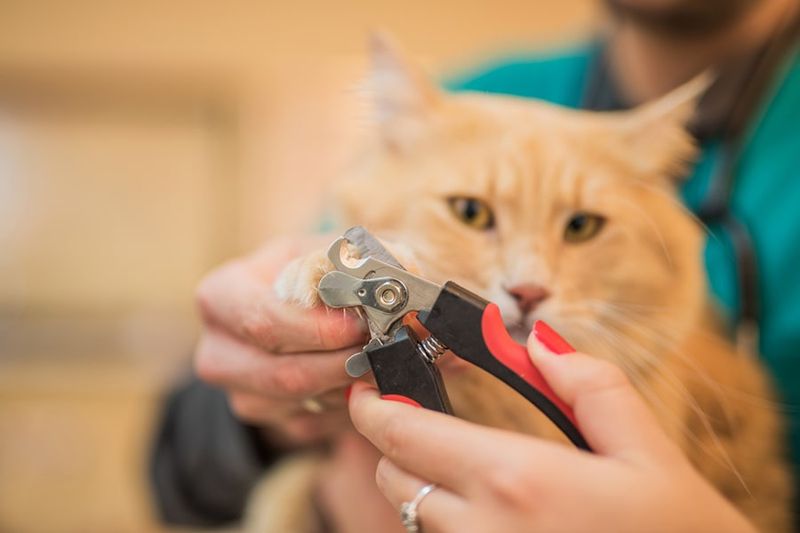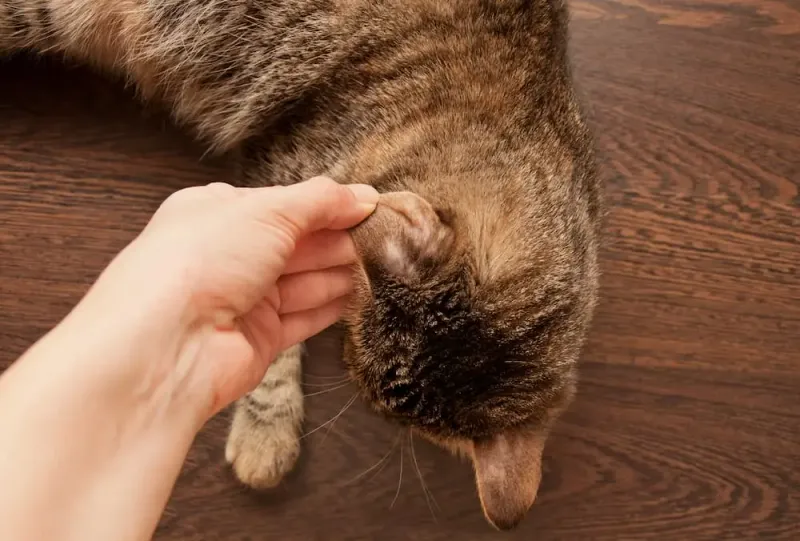📖 Table of Content:
- 1. Redness and Inflammation
- 2. Persistent Licking or Chewing
- 3. Cracked or Peeling Skin
- 4. Bald Patches or Hair Loss Around Paws
- 5. Discoloration or Foul Odor
- 6. Scabbing or Lesions
- 7. Lameness or Limping
- 8. Keep Paws Clean and Dry
- 9. Maintain Good Grooming and Hygiene
- 10. Control the Indoor Environment
Our feline companions are naturally agile and curious, often venturing into spaces that harbor unseen dangers. One such risk to their health lies in the seemingly harmless surfaces they tread on daily—fungal spores that can invade the sensitive skin of their paws. While fungal infections might not be the first concern that comes to mind when thinking of cat health, they can lead to significant discomfort and, if left untreated, may evolve into more serious complications.
Fungal infections in cat paws are more common than most pet owners realize. These infections can stem from a variety of sources—damp litter boxes, dirty surfaces, or contact with other infected animals—and often go unnoticed until the symptoms become visibly distressing. Recognizing the early signs and understanding how to prevent such infections are essential steps in ensuring your cat’s overall well-being and quality of life.
This article highlights seven telltale symptoms of fungal infections in cat paws, along with three practical and effective ways to prevent them. Whether you’re a seasoned cat owner or a new feline parent, this guide offers valuable insights to help keep your cat healthy, happy, and fungus-free.
1. Redness and Inflammation
Visible redness and swelling around a cat’s paw pads are among the earliest signs of fungal invasion. These symptoms may develop gradually, starting as minor irritation before intensifying. Many owners mistake this redness for minor injuries or insect bites. However, if the inflammation persists or worsens, it is likely an infection taking hold. The skin might appear shiny or unusually smooth due to the swelling. As the condition advances, it can cause significant discomfort, prompting further self-trauma from the cat. Timely identification of this redness can prevent escalation and secondary infections.
2. Persistent Licking or Chewing
Obsessive grooming behavior, particularly focused on the paws, often signals discomfort or itching. When a cat repeatedly licks or chews one or more paws, it’s a behavioral cue that should not be ignored. These actions are their way of coping with irritation caused by fungal growth. Owners may notice moist fur or saliva stains around the paw area. In severe cases, this constant grooming can lead to raw skin and open sores. The risk of secondary bacterial infections increases when the skin barrier is compromised. Understanding this grooming pattern is crucial for early detection.
3. Cracked or Peeling Skin
Crusty or peeling skin on or between the paw pads can indicate a fungal imbalance affecting the surface layer of the skin. Initially, it may resemble dry skin or minor abrasions, which are easy to overlook. With time, these cracks can deepen and even bleed, causing pain while walking. The affected areas might also become thickened or calloused as the body tries to protect the damaged skin. Cats may start avoiding hard surfaces or show reluctance to play. These changes, though subtle at first, are key indicators of chronic fungal irritation. Paying attention to skin texture helps catch infections early.
4. Bald Patches or Hair Loss Around Paws
Patchy fur loss around the toes or paw base can be a strong visual cue of ringworm or other dermatophyte fungi. Such hair loss may begin as thinning and progress to complete bald spots, often in a circular shape. These exposed areas may appear flaky, scaly, or slightly red. Some cats show no discomfort initially, which makes this symptom easy to miss. Over time, however, these areas may become inflamed or develop secondary lesions. It’s important to isolate cats with suspected fungal hair loss to prevent spread. Immediate veterinary evaluation ensures a swift and effective response.
5. Discoloration or Foul Odor
Unusual smells coming from your cat’s paws—especially a musty, sour, or yeasty scent—can signal fungal activity. Color changes, such as yellowing or browning of the paw pads or skin, often accompany the odor. These symptoms suggest the presence of a yeast overgrowth or mold-type fungi. Cats with lighter-colored fur make these discolorations easier to detect. The affected area might also be greasy or damp to the touch. Since odor often indicates a more advanced infection, it warrants prompt attention. Regular sniff checks during grooming sessions can help catch infections early.
6. Scabbing or Lesions
Emerging scabs or open sores between the toes or on the paw pads may indicate a worsening fungal infection. These lesions can develop from self-inflicted trauma or direct fungal damage to the skin. Scabs might be small and isolated or cover a broader area depending on the severity. Some may ooze or crust over, becoming tender to touch. If untreated, these wounds can attract flies or lead to maggot infestations in outdoor cats. Medical intervention becomes critical at this stage. Proper wound care and antifungal treatment can reverse damage quickly if caught early.
7. Lameness or Limping
Changes in gait or hesitancy to bear weight on a specific paw often indicate pain or swelling caused by a fungal infection. While limping may have many causes, when combined with visible paw issues, infection is a strong suspect. Cats may walk gingerly, avoid jumping, or stay off their feet more than usual. In multi-cat homes, a limping cat may become more withdrawn to avoid being approached. This behavior is a protective response to the pain and vulnerability they feel. Keeping track of mobility changes can be a powerful diagnostic clue. Don’t dismiss sudden lameness—it’s often a cry for help.
8. Keep Paws Clean and Dry
Maintaining clean, dry paws is your first line of defense against fungal infections. Daily checks and gentle wipes after litter box use or outdoor time can minimize exposure to fungi. Using unscented, pet-safe wipes ensures no irritation occurs during cleaning. Moisture is a fungal breeding ground, so it’s essential to dry paws thoroughly. For cats who spend time in wet environments, frequent inspections are vital. Consider providing a clean doormat or paw-cleaning station near entrances. This small habit can significantly reduce fungal risks.
9. Maintain Good Grooming and Hygiene
Routine grooming—especially around the paw area—keeps fur trimmed and prevents dirt buildup. Long-haired cats are particularly prone to trapped debris, which creates ideal conditions for fungi. Regular nail trims reduce the chances of self-inflicted wounds during scratching. Use a mild shampoo designed for cats when bathing is needed. Grooming also helps in early detection of abnormalities. Make paw checks a part of your grooming ritual. This proactive approach keeps fungal threats at bay.
10. Control the Indoor Environment
Humidity control inside the home is crucial, as fungi thrive in warm, damp environments. Using a dehumidifier in humid climates can drastically reduce fungal proliferation. Clean and disinfect litter boxes, bedding, and floors regularly. Anti-fungal sprays or natural cleaners like diluted vinegar can help sanitize high-risk areas. If multiple pets share spaces, routine hygiene becomes even more important. Ensure cats have dry, clean resting areas with good airflow. A healthy environment equals healthy paws.
